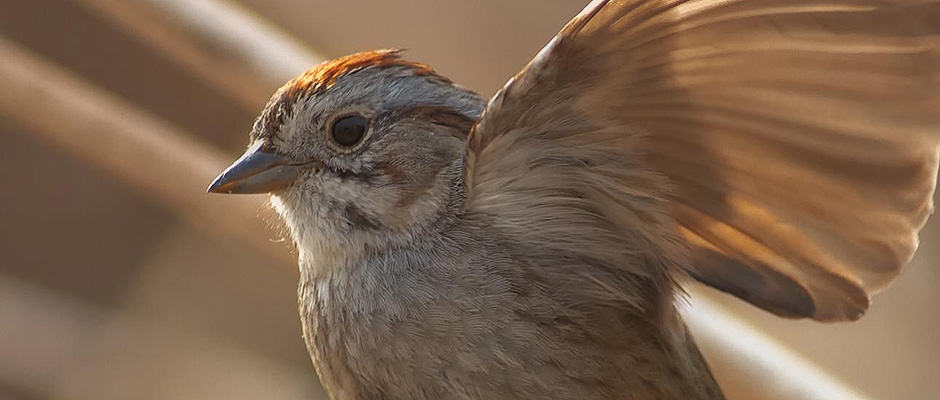Share this article
Swamp sparrows hear bird songs in a similar tune to humans
Researchers looking to decode sparrow songs have discovered that birds respond in a similar way humans do to sound patterns.
“It has been known for a while in the swamp sparrow, that the birds will categorically perceive the smallest pieces of their songs,” said Steve Nowicki, a biology professor at Duke University and the senior author in a new study released last week in the Proceedings of the National Academy of Sciences.
But Nowicki said that the researchers made an unexpected discovery that the birds could perceive and respond to artificial alterations in the songs.
To conduct the research, Nowicki and others recorded the songs of 206 swamp sparrows in Pymatuning Lake, Pa. and analyzed the sounds.
They then replaced small snippets at the beginning or end of the recordings with different notes and played the songs back to male sparrows. Since male swamp sparrows are territorial, they responded aggressively — flipping their wings up into the air when they heard the modified sounds.
“If birds are literally flipping the bird they are very likely to attack,” Nowicki said.
But after a while of hearing the same song, the males calmed down and began to ignore the songs. But when Nowicki and the others subtly modified the tune once more, the birds perked up and responded aggressively once more.
The birds would also respond more aggressively, more weakly, or not at all depending on where certain notes were placed in the song.
“It’s surprising because the birds don’t have the complicated syntax and sound that humans have,” Nowicki said. He said that the study was partially to see whether birds could adapt to partial phonemic overlapping. The latter is a phenomenon that exists in human speech that allows us to separate often similarly pronounced sounds such as the “t” in “city” and the “d” in “ready.”
“This is showing that the brain mechanisms that birds bring to the table to perceive their songs are as complicated as the mechanisms we use in speech,” he said.
The research was undertaken as part of a larger project on finding the ways that humans developed language by studying forms of animal communication.
“Bird song has long been a model for understanding human speech processes.”
Header Image:
Upon hearing the song of another male in his territory, a male swamp sparrow vigorously waves one wing at a time as a warning signal to ward off a potential intruder.
Image Credit: Robert Lachlan








